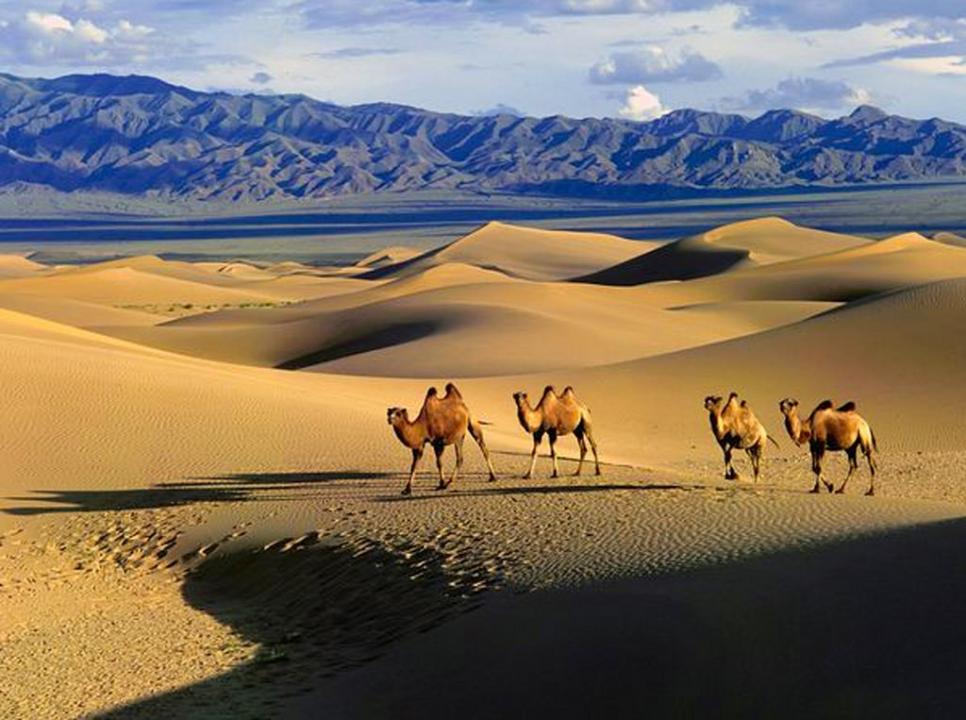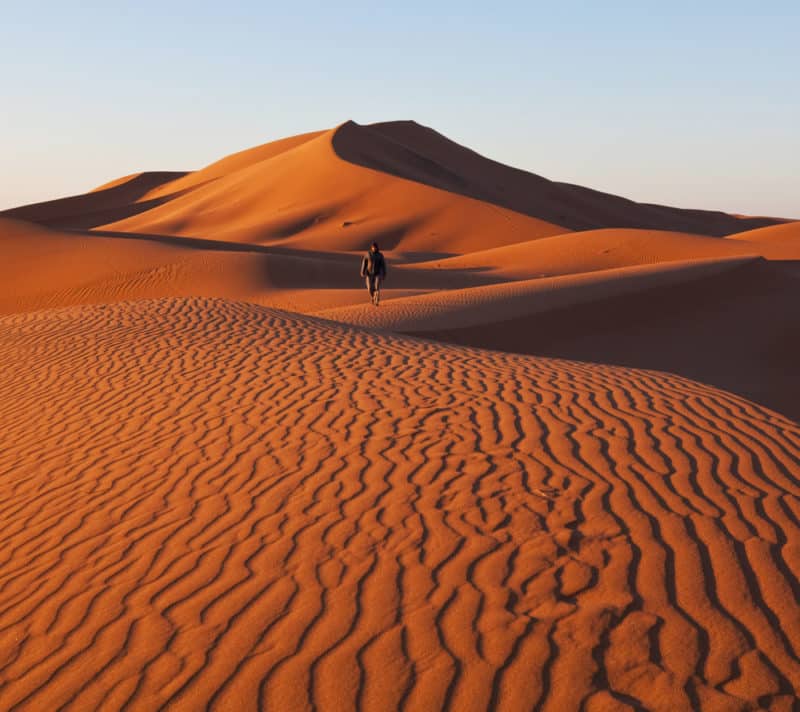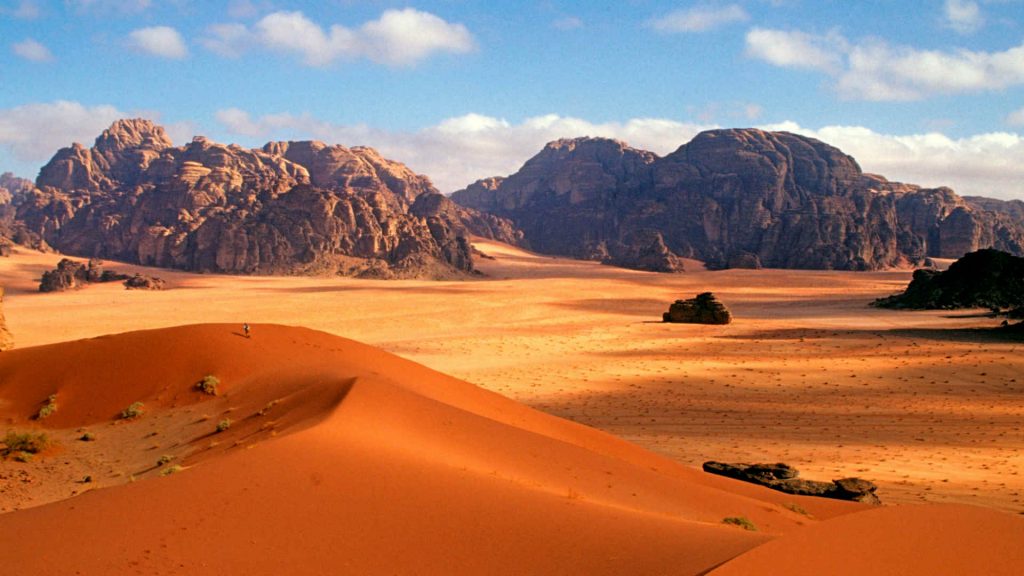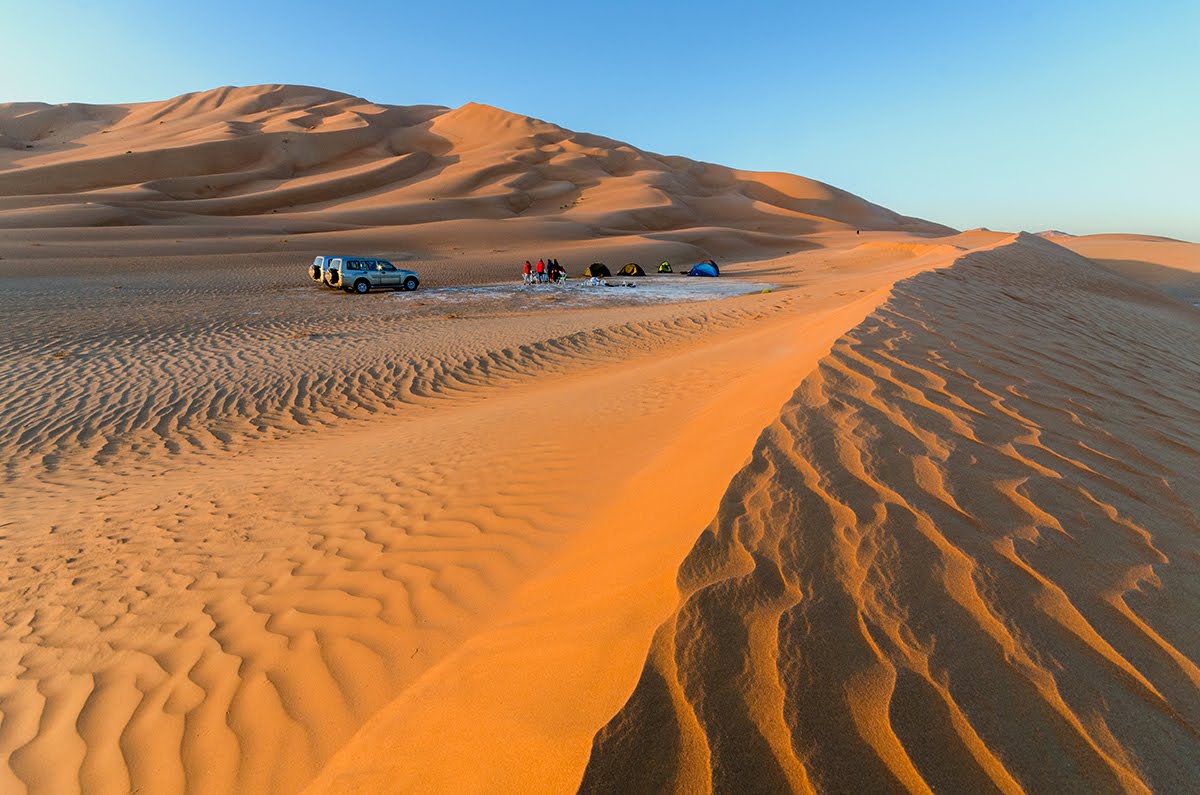
When we talk about deserts, the first thing that comes to our mind is a vast expanse of sand dunes with a hot and dry climate. But did you know that there are many different types of deserts around the world? From icy deserts to rocky ones, these lesser-known deserts are just as fascinating as the ones we commonly hear about. In this article, we will explore some of the little-known deserts around the world.
The McMurdo Dry Valleys, Antarctica

The McMurdo Dry Valleys in Antarctica are the largest ice-free desert in the world. Unlike most deserts, this region is not hot and sandy but is instead extremely cold and dry. The area receives very little precipitation, and the soil is permanently frozen, making it impossible for plants to grow. However, despite the harsh conditions, several species of bacteria and algae have adapted to the environment and are able to survive.
The Danakil Depression, Ethiopia
:max_bytes(150000):strip_icc()/GettyImages-1079647636-d4f20bd7b8174d56805e79799e753ac7.jpg)
The Danakil Depression in Ethiopia is one of the hottest places on earth, with temperatures reaching up to 50°C (122°F). The landscape is otherworldly, with bubbling hot springs, acid lakes, and salt flats. The depression is also home to the Afar people, who have adapted to the harsh conditions and have been living in the region for centuries.
The Atacama Desert, Chile

The Atacama Desert in Chile is the driest non-polar desert in the world. The region receives almost no rainfall and has some of the clearest skies for stargazing. Despite the harsh conditions, the desert is home to a diverse range of plant and animal species, including flamingos and vicunas.
The Gobi Desert, China and Mongolia

The Gobi Desert is the largest desert in Asia and spans across China and Mongolia. The region is known for its dramatic landscapes, including sand dunes, canyons, and mountains. Despite the harsh conditions, the Gobi Desert is home to a variety of wildlife, including camels, gazelles, and snow leopards.
The Thar Desert, India and Pakistan

The Thar Desert, also known as the Great Indian Desert, spans across India and Pakistan. The region is known for its shifting sand dunes and extreme temperatures, with temperatures reaching up to 50°C (122°F) during the summer months. Despite the harsh conditions, the Thar Desert is home to a variety of wildlife, including the Indian gazelle and the desert fox.
The Sonoran Desert, USA and Mexico

The Sonoran Desert spans across parts of the United States and Mexico and is known for its unique flora and fauna. The region is home to the saguaro cactus, which can grow up to 40 feet tall, as well as the Sonoran Desert toad, which is known for its potent hallucinogenic properties.
The Simpson Desert, Australia

The Simpson Desert in Australia is the fourth-largest desert on the continent and is known for its red sand dunes. The region is home to a variety of wildlife, including dingoes, kangaroos, and emus. The desert is also home to several indigenous communities, who have been living in the region for thousands of years.
The Taklamakan Desert, China

The Taklamakan Desert in China is one of the largest sandy deserts in the world and is known for its shifting sand dunes. The region is also home to several ancient Silk Road trade routes, which were used to transport goods between China and the Mediterranean. Despite the harsh conditions, the desert is home to a variety of wildlife, including the Bactrian camel and the desert cat.
The Namib Desert, Namibia

The Namib Desert in Namibia is one of the oldest deserts in the world and is known for its towering sand dunes. The region is home to a variety of wildlife, including the desert elephant and the black rhinoceros. The desert is also home to several indigenous communities, who have been living in the region for thousands of years.
The Kalahari Desert, Botswana, Namibia, and South Africa

The Kalahari Desert spans across Botswana, Namibia, and South Africa and is known for its red sand dunes and unique wildlife. The region is home to several indigenous communities, who have been living in the region for thousands of years. The desert is also home to several species of antelope, including the springbok and the gemsbok.
The Karoo Desert, South Africa

The Karoo Desert in South Africa is a semi-desert region that is known for its unique flora and fauna. The region is home to several species of antelope, including the springbok and the black wildebeest. The Karoo Desert is also home to several indigenous communities, who have been living in the region for thousands of years.
The Great Basin Desert, USA

The Great Basin Desert in the United States is the largest desert in North America and is known for its unique geology. The region is home to several species of wildlife, including the desert tortoise and the bighorn sheep. The Great Basin Desert is also home to several indigenous communities, who have been living in the region for thousands of years.
The Chihuahuan Desert, USA and Mexico

The Chihuahuan Desert spans across parts of the United States and Mexico and is known for its unique flora and fauna. The region is home to several species of wildlife, including the pronghorn and the roadrunner. The Chihuahuan Desert is also home to several indigenous communities, who have been living in the region for thousands of years.
The Arabian Desert, Middle East

The Arabian Desert spans across several countries in the Middle East, including Saudi Arabia, Oman, and Yemen. The region is known for its vast sand dunes and extreme temperatures, with temperatures reaching up to 50°C (122°F) during the summer months. Despite the harsh conditions, the Arabian Desert is home to a variety of wildlife, including the Arabian oryx and the sand cat.
The Mojave Desert, USA
/GettyImages-500870206-13863de4f327467ebbabd0bffafbaf94.jpg)
The Mojave Desert in the United States is known for its unique rock formations and Joshua trees. The region is home to several species of wildlife, including the desert tortoise and the bighorn sheep. The Mojave Desert is also home to several indigenous communities, who have been living in the region for thousands of years.
The Sahara Desert, Africa

The Sahara Desert in Africa is the largest hot desert in the world and is known for its vast sand dunes and extreme temperatures. The region is home to several species of wildlife, including the fennec fox and the dromedary camel. The Sahara Desert is also home to several indigenous communities, who have been living in the region for thousands of years.
The Patagonian Desert, Argentina and Chile

The Patagonian Desert spans across parts of Argentina and Chile and is known for its unique wildlife, including the guanaco and the Andean condor. The region is also home to several indigenous communities, who have been living in the region for thousands of years. Despite the harsh conditions, the Patagonian Desert is also a popular tourist destination, with many visitors coming to see the region's stunning landscapes.
The Namib-Naukluft National Park, Namibia

The Namib-Naukluft National Park in Namibia is one of the largest national parks in Africa and is home to the Namib Desert. The park is known for its towering sand dunes and unique wildlife, including the desert elephant and the black rhinoceros. The park is also home to several indigenous communities, who have been living in the region for thousands of years.
The Karakum Desert, Turkmenistan

The Karakum Desert in Turkmenistan is known for its unique landscapes, including the Darvaza gas crater, also known as the "Door to Hell." The region is also home to several species of wildlife, including the goitered gazelle and the caracal. Despite the harsh conditions, the Karakum Desert is also home to several communities who have adapted to the environment and have been living in the region for thousands of years.
Conclusion
Deserts are some of the most fascinating and unique landscapes on our planet. From icy deserts to rocky ones, each region has its own unique flora and fauna that have adapted to the harsh conditions. Whether you're interested in exploring the vast sand dunes of the Sahara or the unique wildlife of the Patagonian Desert, there's always something new to discover in these little-known deserts around the world.